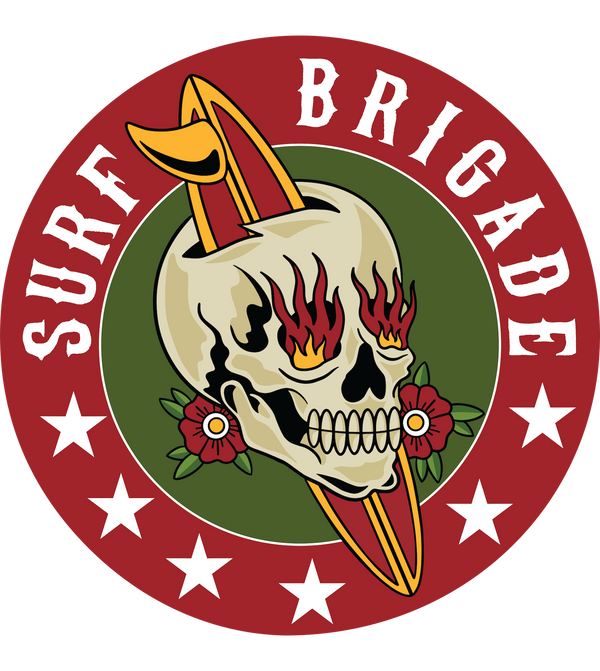Using the right surf terminology will allow you to navigate the surf community, surf industry, and most importantly – the line up with confidence and accuracy.
Barrel/Tube: When the wave forms a hollow, tunnel-like shape as it breaks, creating a tube that surfers can ride inside.
Beach Break: A type of wave break that occurs over a sandy bottom, often resulting in faster and more powerful waves.
Bottom Turn: The initial turn a surfer makes at the bottom of the wave to gain speed and set up for maneuvers.
Break: The point where a wave starts to crest and break, creating a rideable wave face.
Cutback: A maneuver where a surfer redirects their board back towards the breaking part of the wave.
Drop-In: When a surfer takes off on a wave in front of another surfer who has the right of way, causing potential collisions.
Duck Dive: A technique used to push the surfboard under an incoming wave while paddling out.
Floater: When a surfer rides on top of the breaking wave instead of going around it.
Froth/Whitewash: The foamy, turbulent water created by a broken wave.
Grom: A young and inexperienced surfer.
Hang Ten: A classic longboarding maneuver where a surfer hangs all ten toes off the nose of the board.
Lineup: The area where surfers wait for waves, positioning themselves for optimal takeoffs.
Offshore Wind: A wind blowing from the land towards the ocean, creating clean and well-shaped waves. Surf Terminology 30
Onshore Wind: A wind blowing from the ocean towards the land, often causing choppy and messy waves.
Point Break: A type of wave break that occurs along a point of land, creating a longer and more consistent wave.
Reef Break: A type of wave break that occurs over a reef or rocky bottom, producing more defined and often hollow waves.
Rip Current: A strong current that flows seaward through the surf zone, often posing a danger to swimmers and surfers.
Set: A larger group of waves that are larger than the average waves, often arriving in intervals.
Shoulder: The section of an unbroken wave on either side of the peak where surfers can perform maneuvers.
Snap: A quick and sharp turn performed by a surfer on the face of the wave.
Stoked: A term used to express excitement and enthusiasm.
Swell: The series of waves generated by distant storms and traveling across the ocean.
Takeoff: The initial moment when a surfer starts riding a wave.
Turtle Roll: A technique used to flip the board over and grab the rails pulling the nose downward while the wave rolls over the board, resembling the shell of a turtle.
Wave: A swell of water that travels across the ocean until it reaches shallower water and breaks near the shore, creating a rideable wave for surfers.
Whitewater: The broken/foamy part of a wave after it has already broken, often encountered by surfers after a wave has passed.
Wipeout: Falling off the board while attempting to ride a wave.


